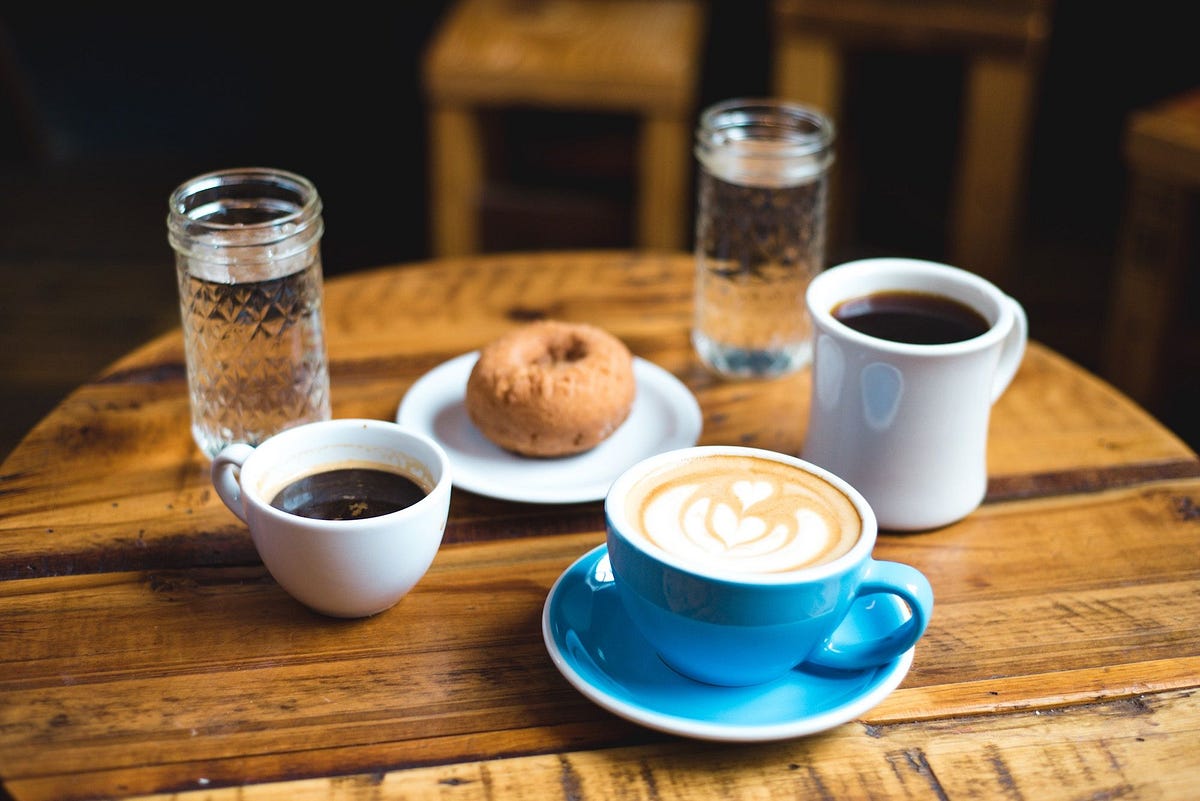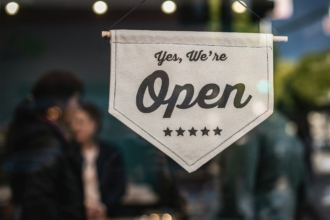Grab your passport. Let’s take a tour of typical lunches around the world.
First stop: São Paulo, where come 1 pm, Brazilians pile into restaurants for an hour-long lunch that may begin with a sip of alcohol (to boost the appetite) and end with a strong, sugary espresso.
Next up, Oslo, where Norwegians rarely leave the office, instead enjoying a homemade smørbrød — an open-faced sandwich with meat, fish and vegetables — al desko, with a tall glass of milk.
Then we’ll pop over to Italy, where the right to a lunch break is enshrined by law. In the nation’s capital, Rome, you’re likely to find Italians lining up inside “tavola calda” or cafeteria-style establishments, then sitting down to a hot meal or enjoying a panino before returning to the office.
We’ll continue our lunch tour in Tokyo, where employees pop out of the office to pick up a tasty (and Instagram-friendly) bento box to go. Just don’t leave before your lunch break begins, or you could face punishment, like one public employee who was docked half-a-day’s salary after being caught leaving three minutes early.
Next, let’s stop in Kenya, and take a full hour to gather with friends and coworkers at a restaurant and share a proper meal of saucy stew with a side of ugali (cornmeal porridge).
Finally, we’ll visit the United States, where “desktop dining” is the norm: 62 percent of professionals say they usually eat lunch at their desks. They’ve even come up with clever ways — inventive tableware (or rather, deskware) and creative prep-ahead meals — to make desk lunches seem a little less sad.
There are various reasons why people choose to eat alone, at their desks. Some claim that it allows them to multitask; others don’t want to be perceived as slackers next to their colleagues who power through lunch.
As “Wall Street” villain Gordon Gekko famously remarked:
“Lunch is for wimps.”
But is it? Or have many of us just been conditioned to view the lunch break as an indulgence reserved for French people and special occasions?
Our spin through global customs shows that not all cultures agree on the best way to lunch.
Maybe it’s because I’m originally from Turkey, where desktop dining is a rarity, but I believe in taking an out-of-office lunch break — for both mental and interpersonal reasons. I get to know our Jotform employees, catch up with old colleagues, and refresh my brain before returning to my desk. And a growing body of research supports my lunch habit.
As I’ll explain, there are myriad benefits of dining together. That’s why some companies have already made team lunches a standard practice. I think organizations and employees alike stand to benefit from ensuring that desktop dining is the exception, not the rule.
What are the benefits of lunching together?
For starters, eating together makes us happier. Even on the most stressful days, I always notice my mood lifts after lunch with friends or coworkers. But don’t take my word for it: a Thai study that followed participants across eight years found that sharing meals contributed to increased happiness.
As the authors conclude:
“Consuming food is a vital part of daily social interaction and the reverse eating alone can be seen as a strong experience of loneliness.”
Loneliness, in turn, can have detrimental effects on cognition, emotion, behavior, and health.
When we eat together, we’re more likely to cooperate and perform better when we return to our jobs. Cornell professors who studied the eating habits of more than 50 urban firehouses found that the ones who prepared meals and ate together were more cooperative and better at their jobs.
“Eating together is a more intimate act than looking over an Excel spreadsheet together,” said professor Kevin Kniffin, one of the study’s authors. “That intimacy spills back over into work.”
The social aspect of dining with others serves an important, restorative purpose as well. Even group coffee breaks can leave us feeling more refreshed and lower the risk of burnout.

For example, the Swedish custom of “fika” comes from the slang word for coffee. “Fika” can be used as a verb — to have some coffee, a snack, and a chat — or it can be a noun, meaning a break with a drink (usually coffee) and a snack.
Ska vi ta en fika? (Shall we fika?)
It’s a common question among Swedes, who use fika to get to know colleagues better or catch up with friends.
Lena Khoury, co-owner of the Fika coffee chain in New York, says that fika is part of a Swede’s DNA.
And it’s great for employees and companies alike. According to one study from Lund University, regular fikas lower the risk of burnout and reduce the need for long-term sick leave.
So, you might wonder, how can I encourage my team to have lunch, or at least fika, together? It’s not easy to unlearn longstanding eating customs, especially in the midst of our busy days, but there are little steps we can take to minimize our desktop dining.
How to foster a culture that loves to lunch
We can start by establishing rituals and giving our teams a regular group dining activity. And when everyone participates, no one will feel like a slacker for not working through lunch.
The New York-based software firm Impraise has done a great job of pulling this off. Every day, their more than 30 employees eat together at one large table — a ritual that began when the company had a handful of employees and has continued ever since.
To make it more interesting and divide the responsibilities, Impraise randomly picks two employees each day to manage grocery shopping, meal prep, and clean-up.
“It’s a great way to mix it up and make sure people from different parts of the company also have some one-on-one time together,” writes Bas Kohnke, CEO of Impraise.
I love the idea of getting everyone involved in the planning, and rolling up your sleeves with colleagues you might not interact with otherwise.

If daily lunch is too drastic a change for your office, you can start with a weekly event — Potluck Mondays or Farmers Market Fridays — to get the ball rolling.
As managers, it’s important to set an example for employees and to communicate the company’s values through our daily habits.
A manager who eats at her desk signals to employees that they should do the same. A manager who invites her team to try out the new local sandwich shop shows that she sees her colleagues as (hungry) individuals, and that the company recognizes the value of restorative social breaks.
Group dining also helps to eliminate strict organizational hierarchies. Jellyvision, a Chicago-based tech company, has seen this effect in action.
“Once a month, the leadership team at Jellyvision is randomly paired with a group of employees from around the company,” says CMO Bob Armour. “Coming together for lunch takes down any feeling of corporate barriers that may arise.”
For me, lunch is the perfect opportunity to chat with our employees — especially our new hires. We usually walk somewhere nearby to enjoy the double benefit of eating together and stretching our legs.
When I work from our San Francisco headquarters, that usually means a walk to one of the delicious eateries around the Embarcadero.
And luckily, we’re blessed with a handful of amazing craft coffee shops within a 10-minute radius. So even on the busiest of days, we can manage a quick fika.
Though I’m an advocate of leaving the office entirely, lunching together at the office still provides a clean mental break and important socializing opportunities.
Recognizing that value, innovative catering companies are providing fresh ways for colleagues to dine at the office. Startups like Chewse and Cater2.me, for example, go beyond the typical food drop to provide more interactive elements, like chefs and meal hosts.
Says Alex Lurton, co-founder of Cater2.me:
“We’ll actually have the chef come in and do the final bits of assembly right on site to make it more interactive. Those kind of things add a little extra social element, bringing people together and having them talk.”
In the end, that’s what eating together is meant to do. Yes, the main goal is sustenance, but it also fosters connections that go beyond our job constraints. A coworker and I might start lunch talking about a product issue, but by the end, we’re exchanging travel tips and sharing our best and worst hotel experiences.
Make dining together a priority

For many of us, working through lunch or desktop dining has become the norm. We might do it with the best of intentions — to accomplish more — but just like skimping on time off, skipping lunch breaks is ultimately counterproductive.
Unlike Gordon Gekko would have you believe, lunch is not for wimps. It’s for workers who aim to be happier, more productive versions of themselves, and who want to avoid burnout. That’s why management and employees should prioritize lunch as a social act.
Of course, there will be days when we can’t pull ourselves away from the desk. I always cringe when I do a monthly keyboard clean, and discover the remnants of more desk snacks and meals than I’d like to admit. But at the very least, we can carve out 10 minutes and propose to a coworker:
Ska vi at en fika?













Send Comment: